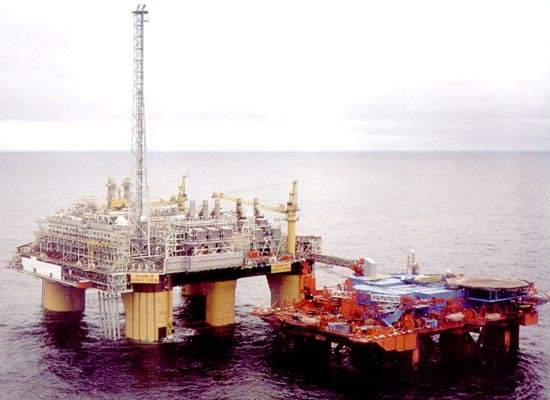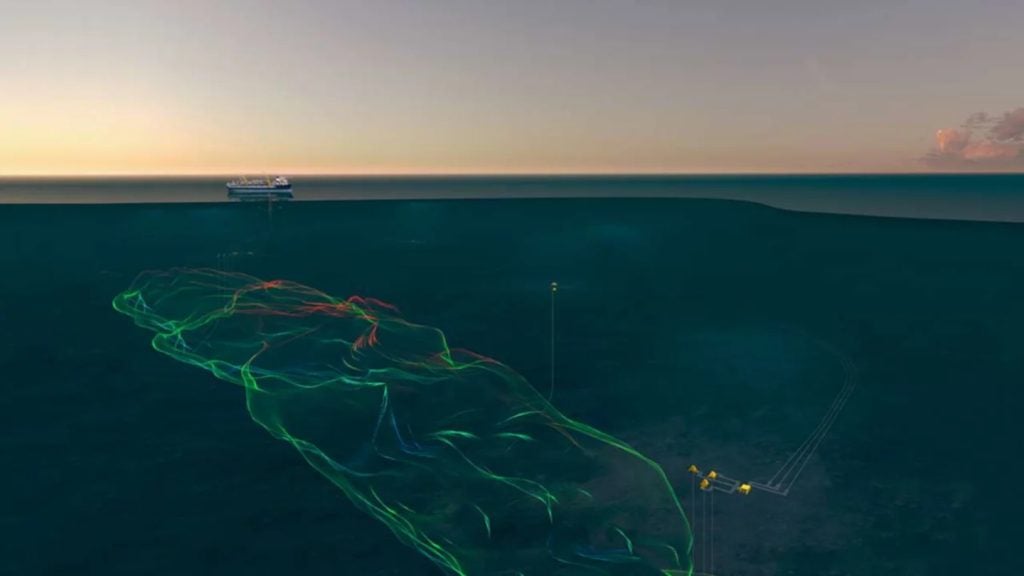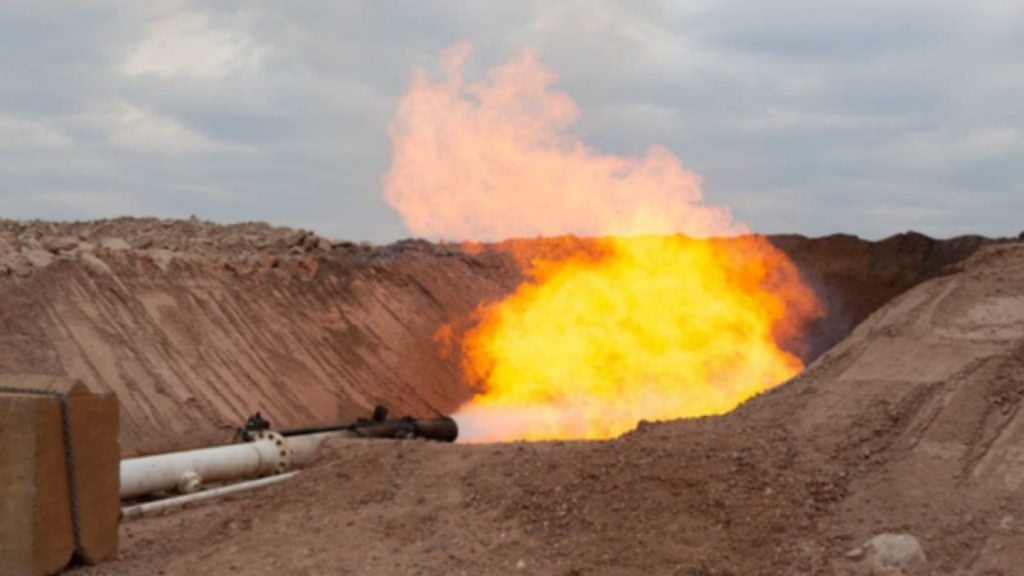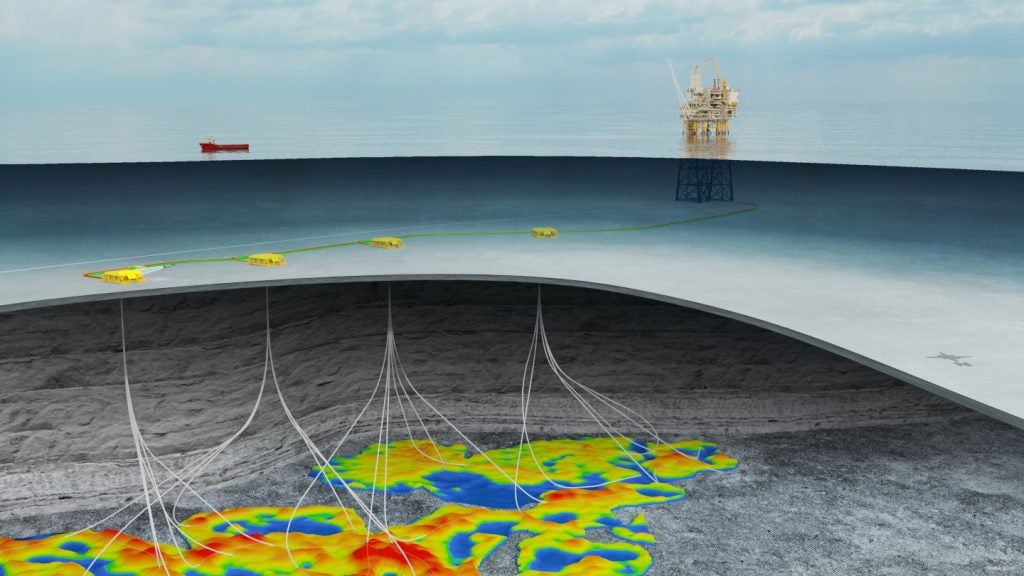The Mikkel deepwater project is situated at a water depth of 220m on Halten Bank East in the Norwegian Sea.
It was originally discovered in 1987 and lies around 35km south of Åsgard’s Midgard deposit between blocks 356407 / 5 and 6407 / 6.
The field is governed by production licence 092, which was awarded in 1984, and licence 121, which was awarded in 1986.
Statoil operates the field and has a 43.97% stake in the project.
Additionally, Mobile Development Norway holds a 33.48% interest, while Eni Norge has 14.9% and Total E&P Norge has a 7.65% interest.
The other production licence, PL 121, is owned by Statoil (70%), Norsk Hydro (10%) and Mobil (20%). The field was proven in 1987.
It came onstream in 2003 and is tied back to the Åsgard B Platform. The project cost Nkr1.8bn, which was 30% lower than the initial estimate.
The reserves in the field are 28 billion cubic metres of gas and 40 million barrels of condensate, 20% higher than initial estimates.
The life of the Mikkel project is 14 years and production is expected to continue until 2017.
Jurassic geology
The reservoirs over the field lie in the Jurassic sandstones at a depth of around 2,500m.
Its reservoirs are found in the Garn, Ile and Tofte formations in six structures delineated by faults.
The fault zone where the field structure is located is known as the Bremstein Fault Complex.
The field has a 300m-thick gas condensate column and a thin underlying oil rim.
Pressure depletion is adopted for recovery.
Mikkel development
The production concept consisted of four production wells producing into two subsea templates with manifolds, three christmas trees, umbilicals, jumpers and a control system.
However, the field was developed with two subsea templates along with three production wells.
The project is one of the first few fields to feature infrastructure supplied by Åsgard Development.
Its wells are tied back to the subsea installations on Midgard for onward transport to the Åsgard B gas platform.
The wellstream is piped via the Åsgard Transport trunkline to Kårstø for the separation of the NGL.
The installation of a compressor to monitor the pressure within the pipeline has been planned.
Project contracts
Statoil had announced three early contracts, though the plan for development and operation was not approved by the Ministry of Petroleum and Energy until September 2001.
FMC Kongsberg Subsea is the main subsea production contractor for the Mikkel project.
The company designed and manufactured the subsea production systems, including templates and wellheads. The value of the contract was just under Nkr400m.
The Transocean Searcher semi-submersible rig was selected for drilling at the field in December 2001.
Reinertsen Engineering designed the subsea pipelines and control cables under a Nkr6m contract.
The field required design modifications to the Åsgard B platform in order to receive the well flow from Mikkel. This contract is worth NKr30m.
The contract for providing the 25-mile long, 18in-diameter pipeline connecting the project subsea development with Åsgard facilities was given to European Marine Contractor.
Nexans was awarded the contract to supply 75km of umbilical cables in July 2001.
The contract for the provision of an online production management system for the field, along with the company’s other fields such as Midgard and Yttergryta, was given to SPT Group in April 2009.
The production management system will be integrated into an online e-field solution.
Around 90% of deliveries for the project development came from Norwegian fabricators and suppliers.








